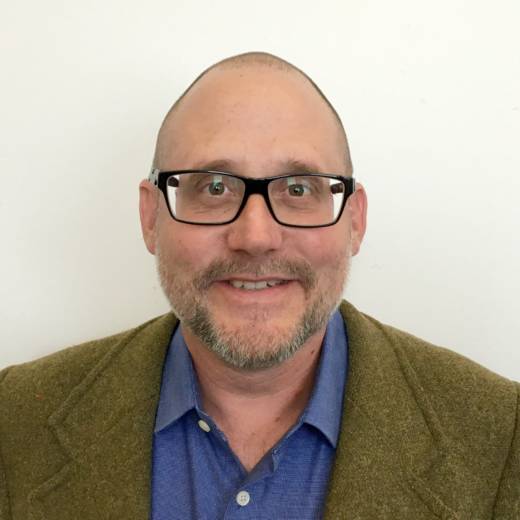I recently came across a bit of a mystery on an archaeological site in Joshua Tree National Park. We were looking at a scatter of Native American artifacts, most of them flakes of the brilliant white local quartz, and the gray, dense volcanic andesite, the remains of tool making and sharpening. We saw fragments of charred food bone, probably mountain sheep, the bone's organic luster burnt away. As we made our way into the granite boulders on the edge of the site, we encountered something I didn't expect.
On a trail through the rocks, we found a few pieces of burnt bone. Then a few more, and a few more. As we searched, I found a piece of bone on top of a boulder. I stopped, pondering how this bone found its way there. Then I found a piece of bone in the branches of a bush. These bone fragments were recently put here, and weren't part of the site at all.
We retraced the path. Scatter of bone. Two steps. Scatter of bone, leading out of the granite island onto the desert floor. This wasn't dinner bone. Someone had scattered the ashes of a cremation. Park staff told us that they had found a cremation nearby not long ago, the metal tag from the crematorium still with the bone. A few days later, we found another, the fragment of burnt skull clearly human.
It is, of course, illegal to leave cremations on national park lands, but people do. Scattering our loved ones' ashes is one of the very few times most of us handle human remains. There's no more spontaneous or personal ritual we have than this. We make it up, placing the ashes where it seems right at the moment, saying what comes to mind, what we've always wanted to say, what we wish we had said when our loved one was alive, what can only be said now that they are gone.
With a Perspective, this is Mike Newland.
